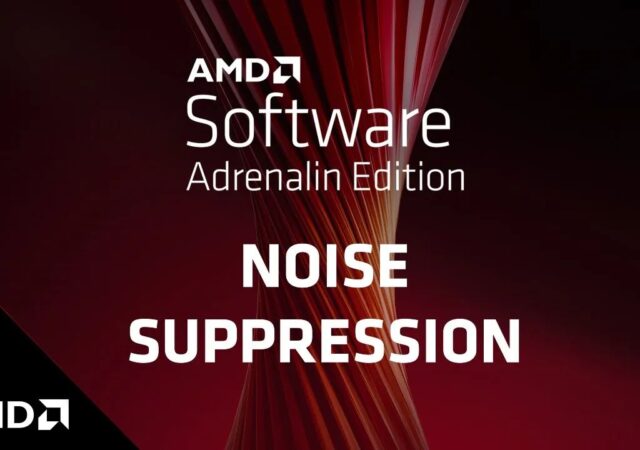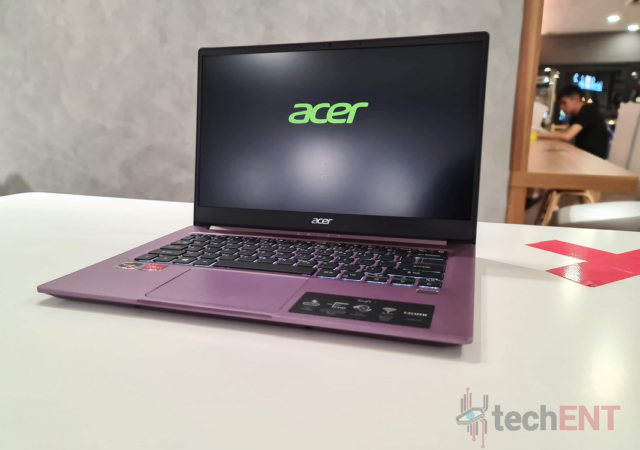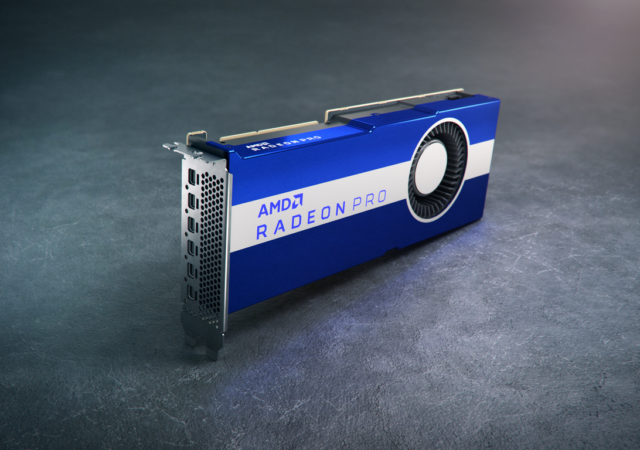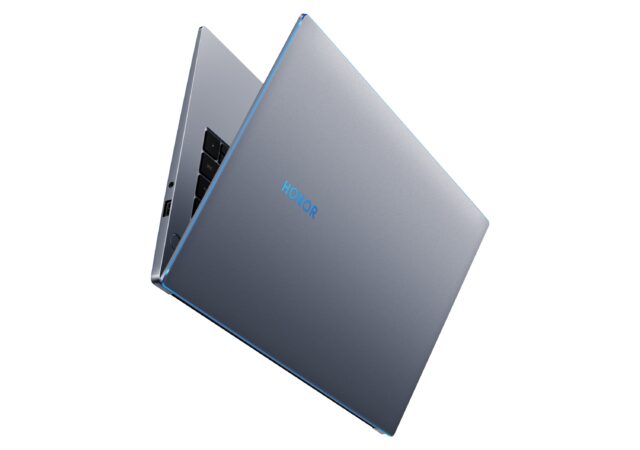AMD releases the latest edition of the AMD Software: Adrenalin Edition 22.7.1 with a new AI Noise Suppression amongst other improvements
Acer Swift 3 (AMD) Review – Productivity & Portability Made Unremarkably Affordable
The AMD powered Swift 3 promises affordable performance that won’t break the bank but does the laptop live up to its promise?
AMD Takes Aim at High Performance Computing with the RADEON PRO VII
AMD announces the availability of their new graphics processors for professionals, the RADEON PRO VII together with entreprise software.
HONOR MagicBook Series Breaks Cover in Barcelona
The HONOR MagicBook series is finally going global. The new MagicBook 14 and 15 are introduced to the world with AMD’s latest Ryzen 5 processors with Vega graphics. It is hitting the shelves across Europe in March 2020.






